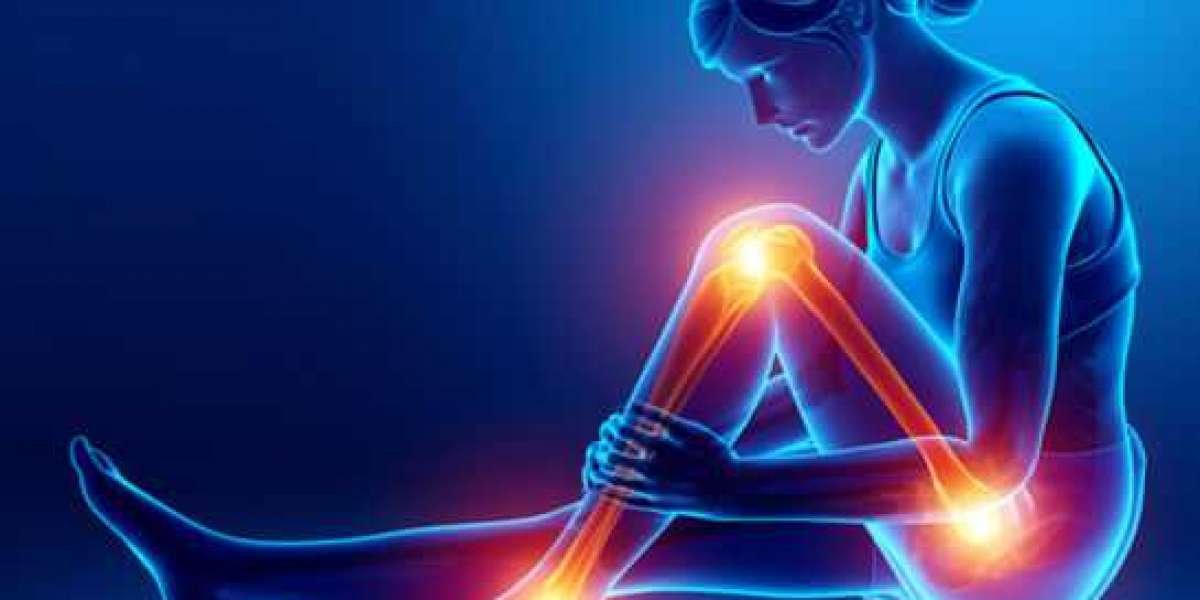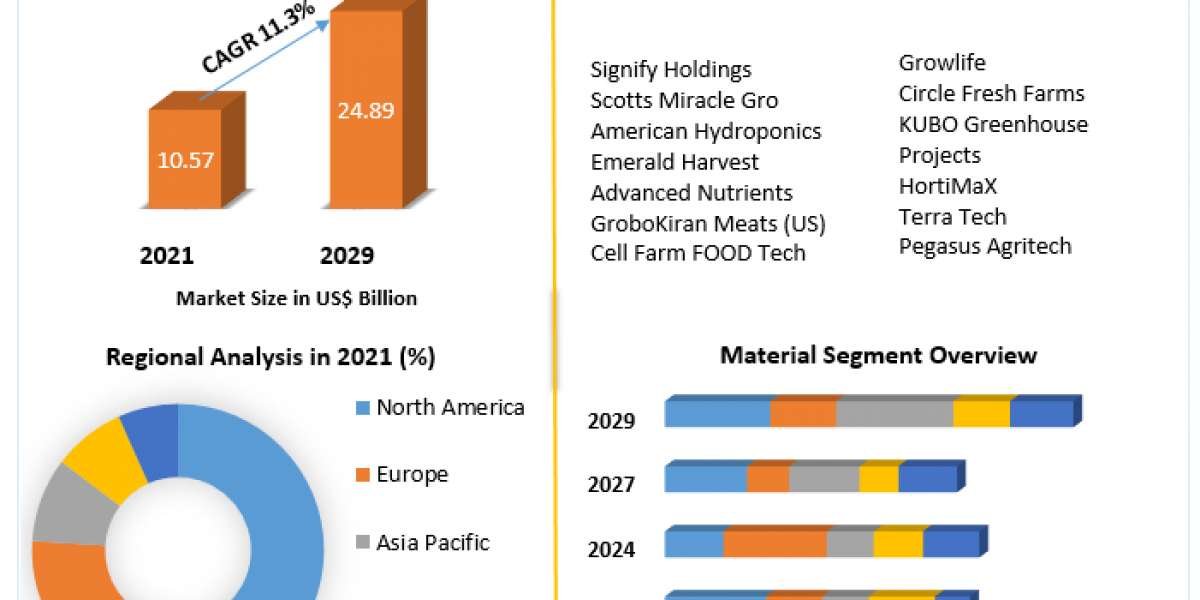Introduction:
Pain, both physical and emotional, runs like veins through the fabric of human existence. It weaves its way through our lives, leaving behind a complex network of pathways that shape our experiences, perceptions, and interactions. In this article, we explore the intricate pathways of pain, tracing its origins, manifestations, and implications for individuals and society.
Understanding Pain:
Pain is a multifaceted phenomenon that encompasses physical sensations , emotional responses, and cognitive processes. It serves as a vital warning signal, alerting us to potential threats or harm, and prompting protective responses. However, pain is not solely a sensory experience—it is also deeply intertwined with our emotions, thoughts, and beliefs, influencing how we perceive and respond to adversity.
The Roots of Pain:
Pain can originate from a variety of sources, including physical injury, illness, trauma, or existential angst. Whether it's a broken bone, a chronic condition, or the grief of losing a loved one, pain has deep roots that extend into every aspect of our lives. Moreover, pain can be acute, arising suddenly in response to a specific event, or chronic, persisting over time and becoming a constant companion in our daily lives.
Manifestations of Pain:
Pain manifests in various forms and intensities, affecting individuals in unique and often unpredictable ways. Physical pain may present as sharp, dull, throbbing, or burning sensations, depending on its underlying cause and severity. Emotional pain, on the other hand, may manifest as sadness, anger, anxiety, or despair, coloring our perceptions and interactions with the world. Moreover, pain can manifest at the intersection of physical and emotional realms, blurring the lines between mind and body.
The Interplay of Vulnerability:
Vulnerability, the state of being exposed or susceptible to harm, lies at the heart of pain. Whether physical or emotional, pain exposes our vulnerabilities and challenges our sense of security and control. Moreover, vulnerability can be both a cause and a consequence of pain, creating a feedback loop that perpetuates feelings of helplessness, isolation, and despair.
The Ripple Effect:
Pain has a ripple effect that extends beyond the individual, impacting families, communities, and society as a whole. Chronic pain conditions, for example, can strain relationships, disrupt social functioning, and contribute to economic burden and healthcare costs. Moreover, emotional pain, such as grief or trauma, can create ripple effects that reverberate through generations, shaping family dynamics and cultural norms.
Coping Mechanisms:
In their efforts to cope with pain, individuals may employ a variety of strategies and techniques to manage their symptoms and improve their quality of life. These coping mechanisms may include medication, physical therapy, relaxation techniques, mindfulness practices, or seeking support from friends, family, or mental health professionals. Moreover, creative outlets such as art, music, or journaling can provide a therapeutic means of expression and catharsis, helping individuals process their experiences and find meaning amidst the struggles.
Breaking the Silence:
Despite the pervasive nature of pain, it remains shrouded in stigma and silence in many societies. Whether due to cultural taboos, social norms, or fear of judgment, individuals often hesitate to openly acknowledge or discuss their experiences of pain. However, breaking the silence surrounding pain is essential for promoting awareness, understanding, and support for those affected. By sharing their stories and experiences, individuals can create a ripple effect of empathy, compassion, and solidarity that fosters healing and resilience.
Building Resilience:
Building resilience is essential for navigating the pathways of pain and overcoming its challenges. Resilience, the ability to bounce back from adversity, is cultivated through the process of facing and integrating our experiences of pain. By developing coping strategies, fostering social support networks, and cultivating self-compassion, individuals can build resilience and navigate life's challenges with greater ease and grace.
The Path to Healing:
The path to healing from pain is a deeply personal and transformative journey that unfolds over time. It involves acknowledging and accepting our vulnerabilities, exploring the roots of our pain, and finding ways to integrate our experiences into our sense of self. Along the way, we may encounter setbacks, obstacles, and moments of despair, but with patience, perseverance, and self-compassion, we can emerge stronger, wiser, and more resilient than before.
Conclusion:
Veins of vulnerability run deep within the human experience, tracing the pathways of pain that shape our lives in profound and unexpected ways. By acknowledging and embracing our vulnerabilities, we can begin to navigate the complexities of pain with courage, resilience, and grace. As we journey through the labyrinth of pain, may we find solace in the knowledge that even in our darkest moments, there is the potential for growth, healing, and transformation.



